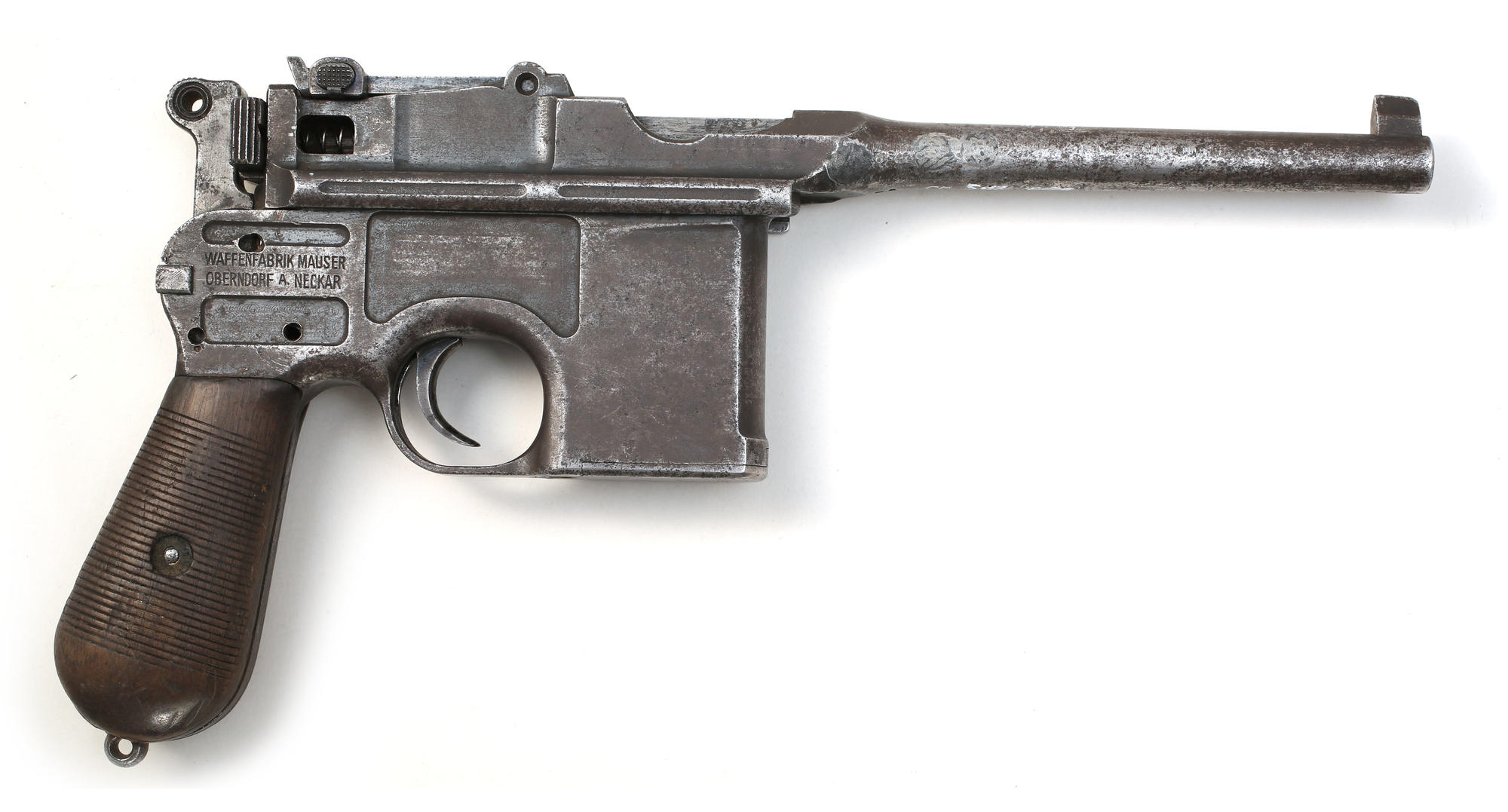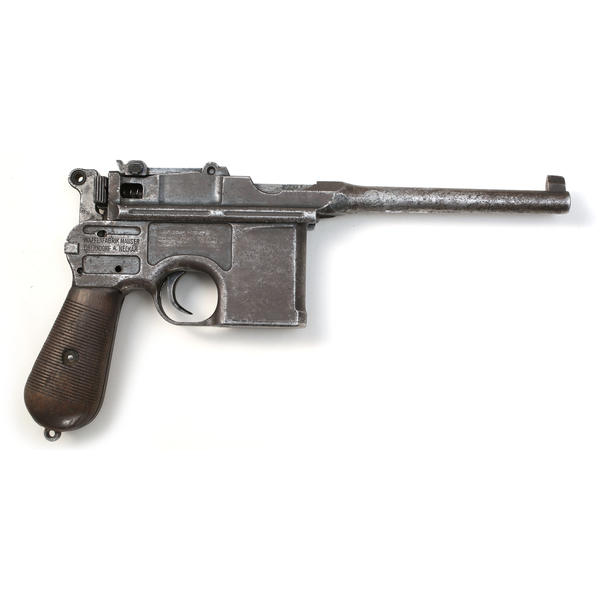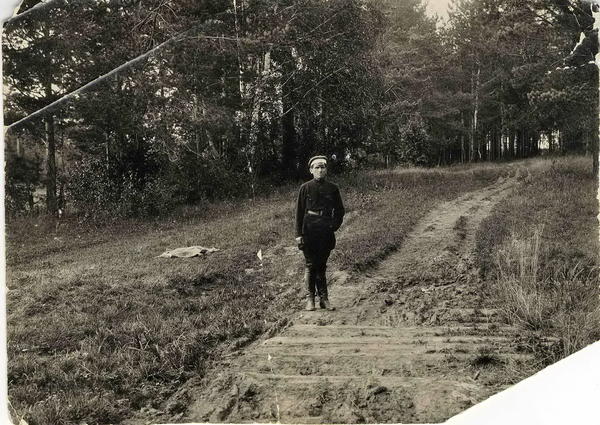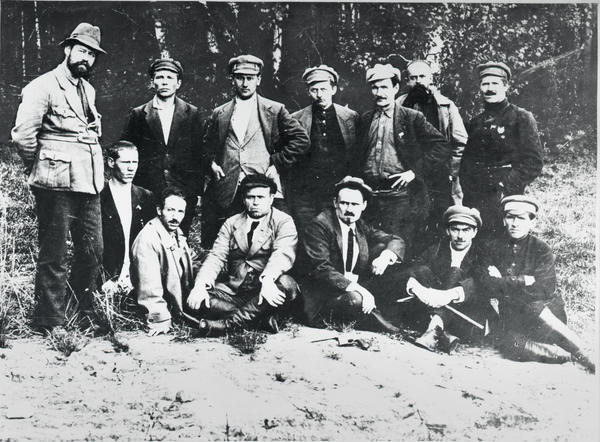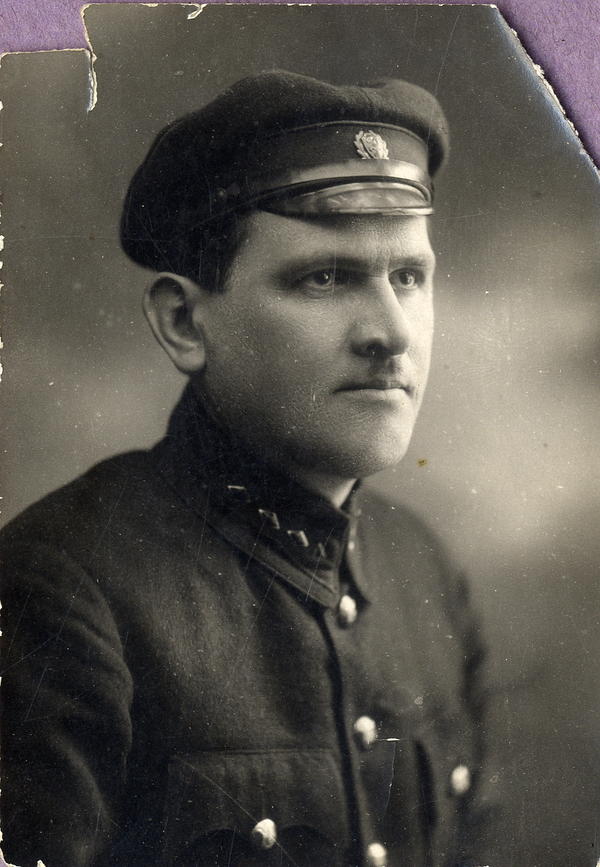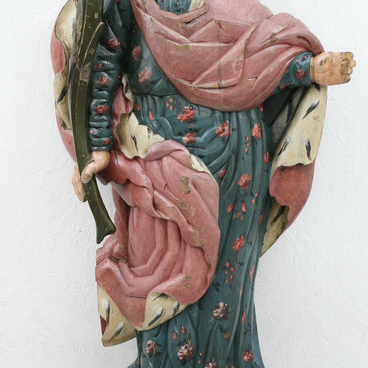Mauser C96 (Construktion 96) - pistol used by Peter Ermakov to execute Emperor Nicholas II and members of his family. This happened in the basement of a house that had belonged to engineer Nikolai Ipatiev in Yekaterinburg on the night of July 16-17, 1918.
Mauser C96
Время создания
Late 19th – early 20th century
Размер
14x24 cm
Техника
Factory manufacture
4
Открыть в приложении#9
Mauser C96
#10
#13
The stub-barrelled semi-automatic pistol was developed by German arms manufacturer ‘Mauser’ in 1895. The company was located in the city of Obendorf in Germany and chaired by brothers Wilhelm and Paul Mauser. This model also became a staple of Bolshevik commissars and Chekists during the Russian Civil War and wore a famous and proud name of ‘Comrade Mauser’.
In 1908, Mauser was recommended as personal weapons for the officers of the Russian Empire. For that time, it had unprecedented power and firing rate: shooting distance was up to one kilometre. But the pistol was expensive, heavy and quite large. It was easily clogged with dirt and due to complex disassembly and assembly of the mechanism it was difficult to clean.
#5
The picture was taken in July, 1924. The photograph shows Peter Ermakov, who stands at the ‘bridge of sleepers’ (the place of concealment of the remains of Nicholas II, his family and close associates) in Porosyonkov ravine.
This pistol belonged to Peter Ermakov, military commissar of the Verkh-Isetsky metallurgical plant, who participated in the execution of the Imperial family.
#14
On the night of the murder, there were eleven shooters for eleven victims. Together with Nicholas II, Empress Alexandra Feodorovna and their five children the close associates of the Romanovs were killed: Yevgeny Botkin - doctor, Ivan Kharitonov - cook, Aloiziy Trupp – footman, and Anna Demidova - maid. The bodies were taken to Yekaterinburg outskirts in a truck, in a place called Ganina Yama. They tried to hide them in an abandoned mine. The mine was located on the territory of the combined mine in Four Brothers tract. According to Nikolai Sokolov, investigator of the murder of the Imperial family: the mine was ‘completely hidden from the public eye by a close thicket of a young forest; no other place was as convenient as a clay platform devoid of all vegetation’. However, the mine was shallow, and the corpses were visible, so the next night they were taken out and transported to another place. On Koptyakovskaya road in Porosyonkov tract the car got stuck in a quagmire, thus the Bolsheviks decided to bury the remains right there. The bodies of Nicholas II and his family were stopped up with sulphuric acid and scattered with earth and sleepers. Nowadays, there is the Romanovs Memorial at this place.
#6
Party leaders of the Ural region at the site of the secret burial of the Imperial family. On the far right: (sitting) Peter Ermakov. July, 1924.
#15
In December 1927, the Ural Regional Museum of the Revolution was opened in the former house of Nikolai Ipatiev. Peter Ermakov, who by that time worked in the NKVD, gave his Mauser to the museum collection. In 1932, Ermakov retired and started to work at the Museum of the Revolution as a guide. In the 1940s, the Museum was closed, and the pistol was transferred to the Sverdlovsk Regional Museum of Local Lore.
#8
Peter Ermakov in 1924-1925 when he was the Chief of Police in Zlatoust.
#16
In the 1970s, the legendary Mauser was stolen from the collection, but police officers of the Kirovsky district police department of Yekaterinburg soon found the thieves and returned the weapons to the collection. After the incident the pistol’s barrel turned out to be shot in three places for an unknown reason
#17
Sverdlovsk State Regional Ethnography Museum
читать дальшескрыть
00:00
00:00
1x
Mauser C96
Время создания
Late 19th – early 20th century
Размер
14x24 cm
Техника
Factory manufacture
4
Открыть в приложении
Поделиться
